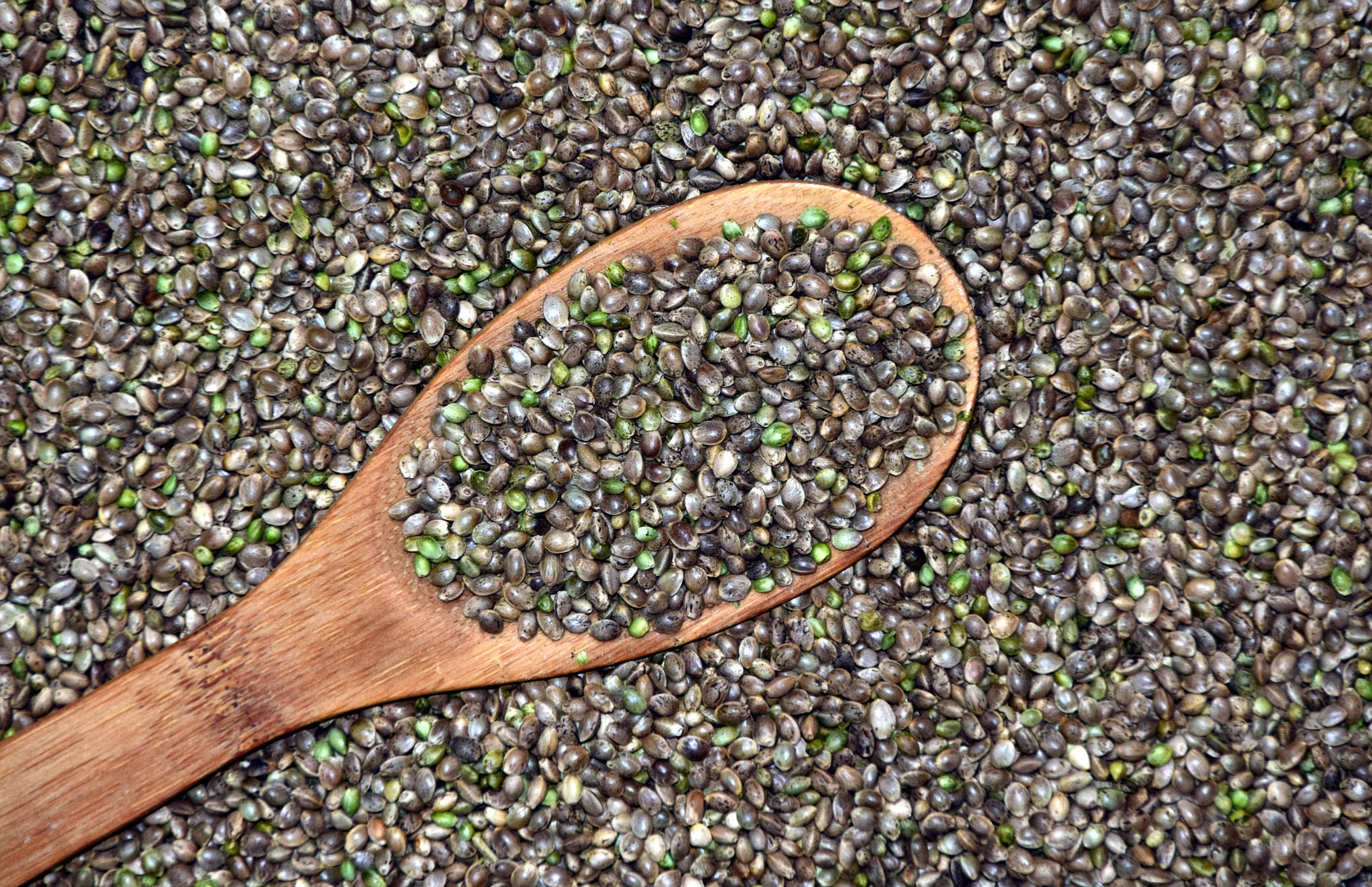
- Inspiring People -
- 4mins -
- 472 views
7 reasons why hemp is an awesome crop
A glossary of amazing facts you need to know about the applications of this clean, green super cash-crop with literally thousands of applications.
Hemp: the clean, green super-material of the past could be the key to the future
While a close cousin of “marijuana”, industrial hemp definitely won’t get you high, but it does have innumerable other amazing environmental and economic benefits. It can even be good for your health! Hemp is a zero-waste crop, meaning the entire plant is used when cultivated: seeds for oil and food, fibre for cloth, pulp for paper, and flowers for medicine – no part of the plant goes to waste, so reducing the carbon footprint!
A brief history of hemp…
Hemp is a plant that has been cultivated in parts of the world for some 10-12,000 years, maybe longer, and is reckoned to have between 25,000 to 50,000 uses, with 5,000 uses in the textiles industry alone.
The hemp plant originated in Asia and has the scientific name Cannabis Sativa L. (Linnaeus). There are three variants of the cannabis plant: cannabis sativa sativa, cannabis sativa indica, and cannabis sativa ruderalis.
The first is what is used for industrial hemp; the second associated with marijuana production. Hemp comes from a strain of cannabis that is significantly lower in THC (delta-9 tetrahydrocannabinol) than the strain we think of as the drug “marijuana” (cannabis sativa indica), and hence does not have the psychoactive properties of the latter. You can’t get high from industrial hemp, but what you CAN do with it will astound you…
Source: OnlineMastersInPublicHealth.com

The Hidden properties of hemp
Hemp fibre is the strongest natural plant fibre in the world while being extremely soft to the touch. Antibacterial & breathable, hemp clothing is thermo-dynamic — keeping you cool when it’s hot and warm when it’s cold.
Hemp makes better paper than wood — There is no tree or plant species on earth capable of producing as much paper per acre as hemp, and fewer caustic and toxic chemicals are used to make paper from hemp than are used to make paper from trees.
One acre of hemp produces 4 times as much fibre pulp for paper is 1 acre of trees, while at the same time producing twice as much oil as an acre of peanuts!
Hemp seeds can be consumed raw, cooked or roasted and are rich in GLA — Gamma-Linolenic acid is a necessary building block for some hormone-like chemicals in the body that help smooth muscles, control inflammation and body temperature, and are vital to other body functions. GLA-rich foods like hemp seeds have been observed to help people with: ADHD, diabetes, heart disease, high blood pressure, multiple sclerosis, rheumatoid arthritis and skin allergies.
Hemp seed oil has been used as a food/medicine in China for at least 3,000 years
Hemp seeds contain up to 24% protein, and hemp seeds and oil contain Omega-3,6,9, other Essential fatty acids and polyunsaturated fatty acids the body needs but cannot produce
Hemp fibres are resistant to rot and abrasion and for centuries have been used for ships sails and rigging, military uniforms, parachute webbing and more.
Hempcrete is a composite material made of hemp stalks, water and limestone and can be used in construction. It is much lighter in weight than concrete and acts as its own insulation.
Hemp fuel in the form of ethanol burns cleaner than other fuels. When burned it produces energy, water vapour and CO2 the latter of which can be absorbed by plants resulting in a sustainable cycle.
Source: OnlineMastersInPublicHealth.com

Still illegal to grow in the usa
Henry Ford built cars from — and fuelled them with — hemp, and Rudolph Diesel invented his eponymous engine to run on vegetable and seed oils like hemp.
Industrial hemp has more than 5000 applications in the textile industry alone (hemp only needs 20% of the water required to grow cotton) and upwards of 25,000 total uses that include dynamite, cellophane, and biodegradable plastic.
Hemp is more sustainable than many other crops and can be grown almost anywhere in the world in many types of soil without the use of heavy pesticides and commercial fertilisers. The crop also kills some weeds, purifies the soil and is suitable for crop rotation due to its short harvest cycle of 120 days.
It is thought to be the earliest domestically cultivated plant — with fabric and other evidence suggesting it was first grown around 12,000 years ago.
Because nobody ever got high on hemp, it probably became illegal in America in the 1930s because it was perceived to be a threat to a number of industries, including pulp and paper, oil, and medicine, and that some powerful people had personal stakes in preventing hemp’s success, however….
"Make the most of the hemp seed, sow it everywhere." Said George Washington, first president of the USA, and hemp advocate.
What’s our excuse today? Do you think we should utilise this amazing resource more? What is your country’s stance on hemp?
For more in depth details of the properties and uses of the hemp plant, check out the Natural Society, Nemeton. For more on seeds, click Healthline or Draxe. If you want to know more about hemp in the clothing industry, click SimpaticoClothing.
Check out the OnlineMastersInPublicHealth infographic below for more on hemp, it’s uses, and some other resource links.


